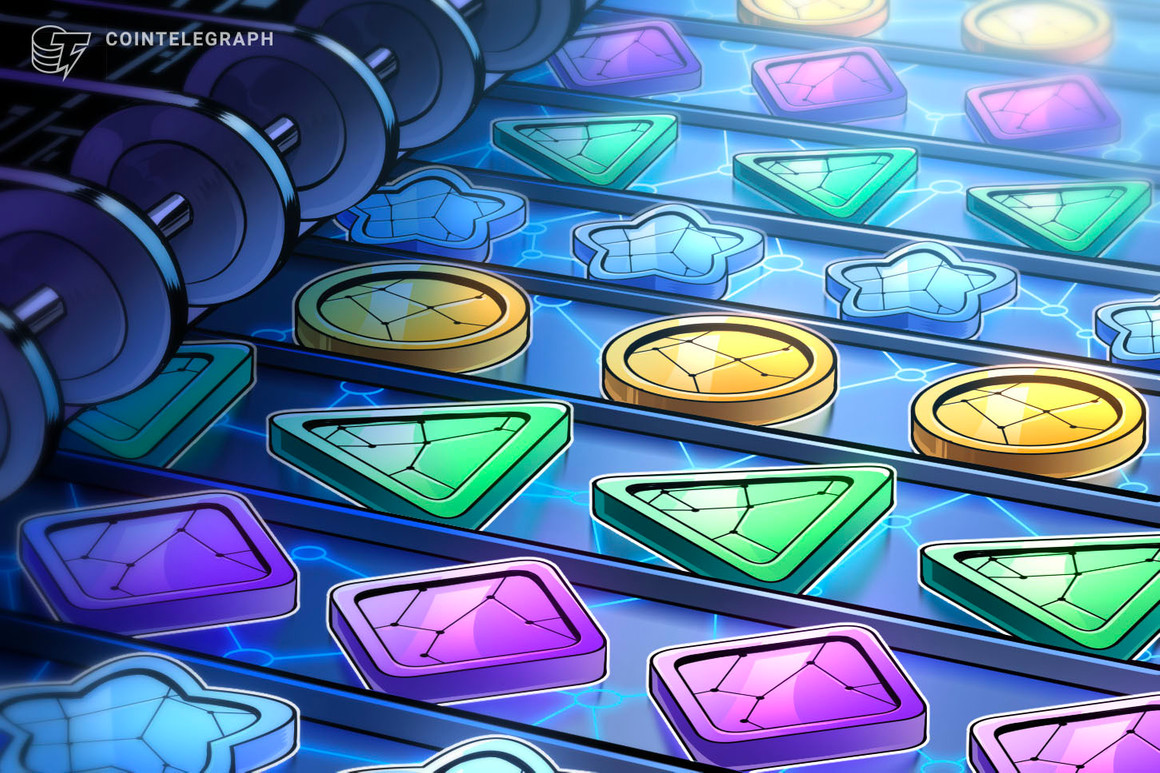

Ask someone what an NFT is, and they'll instinctively think of digital art — the CryptoPunks, Bored Apes and Ether Rocks that have sold for eye-watering sums.
In some circles, nonfungible tokens have been dismissed as a vehicle for speculation, with critics lamenting that demand for such assets is fueled by greed.
But this argument doesn't give us the full picture. We're barely scratching the surface of what these one-of-a-kind tokens can achieve — and new use cases are continually emerging.
The music industry is tentatively exploring what NFTs have to offer. Live Nation, one of the world's biggest entertainment companies, has started offering digital versions of ticket stubs — giving fans a virtual memento of the gigs they've attended. Other platforms are allowing consumers to invest in new music and receive a share of the royalties. TV shows and films are being funded through NFTs too — and despite a backlash from players, gaming brands are also dabbling in this technology.
NFTs also have the potential to improve existing crypto services, with DeFi being one of them. What if this technology could be used to unlock access to specific permissioned services… and could we see popular crypto collectibles be widely used as collateral?
While the "NFTification" of the decentralized sector is seen as inevitable in some crypto circles, there are some hurdles that need to be overcome. Let's explain why.
NFTs cost a mint
Inevitably, any discussion of what's holding NFTs from playing a bigger role in the DeFi ecosystem needs to begin with the cost of minting such tokens.
Even on a robust Layer 2 network, transaction fees mean it's often uneconomical to create, distribute and trade NFTs. This particularly explains why these crypto collectibles are so exorbitantly priced — not to mention why new use cases for nonfungible tokens are only being explored at a glacial pace.
As traders impatiently wait for Ethereum's Proof-of-Stake network to launch, this blockchain has become unaffordable for many everyday users. While faster, cheaper and more scalable rivals have emerged in recent years, some have been blighted by repeated outages — bringing their reliability into question.
But what if users could be offered a completely gas-free experience while transacting? Could this be the silver bullet that attracts tens or hundreds of millions of users to the space — people who would be drawn in by the development this would encourage?
Such an approach would be beneficial for NFTs and the DeFi sector alike, giving crypto enthusiasts the freedom to transact how they wish without worrying about the cost. But from an infrastructure perspective, there are other issues that need to be taken into account.
Innovating in DeFi
Right now, high gas fees mean trading and farming is financially impractical for smaller users — while slow bridges that connect the Ethereum mainnet to Layer 2s cause frustration. A lack of stickiness has also emerged in the DeFi space — with users frequently moving from platform to platform in search of the best short-term opportunities.
Of course, an even bigger barrier involves getting people to see what decentralized protocols and automated market makers (AMMs) have to offer. A poor user experience — and more sophisticated features on centralized platforms — often give investors little incentive to make the jump into DeFi. The downside here is consumers end up relinquishing control over their own crypto as a result.
But it doesn't have to be this way — and one team says it has built the first NFT-powered AMM that has been designed "from the ground up to solve a series of critical problems for DeFi."
A gem of a product
Ruby.Exchange is building its infrastructure on SKALE, which is described as a powerful, multi-chain solution for Ethereum. SKALE's chains have zero gas costs — and boast a fast, decentralized and secure bridge to the mainnet where transfers in either direction can take minutes, rather than hours or even days.
And while the value of NFTs can be uncertain, with limited ways they can be used, Ruby offers gemstones — "beautiful, generative artworks that drive loyalty by embodying real utility as well as artistic value." These assets have a starring role within its AMM.
This exchange says it delivers a feature rich and gamified user experience where NFTs are minted for user profiles, as vouchers for trading fee rebates, and to ensure customers can access the premium features they've come to expect — native charting and advanced analytics among them. Yield farming boosts are another use case.
What's more, a gamified trading and farming experience delivers that elusive "stickiness" that DeFi protocols currently lack — rewarding long-term engagement and benefitting all users by helping prevent capital from migrating elsewhere, which affects liquidity.
Looking ahead, new classes of NFT gemstones are going to be created — and as Ruby's analytics and liquidity provider management dashboard is established, ownership of nonfungible tokens will be key to unlocking access.
NFTs and DeFi have shown so much promise in their early days, transforming the worlds of art and finance. Ruby.Exchange is now determined to show how powerful the "NFTification" of decentralized finance can be.
Disclaimer. Cointelegraph does not endorse any content or product on this page. While we aim at providing you with all important information that we could obtain, readers should do their own research before taking any actions related to the company and carry full responsibility for their decisions, nor can this article be considered as investment advice.
Title: This is what's standing in the way of DeFi's 'NFTification'
Sourced From: cointelegraph.com/news/this-is-whats-standing-in-the-way-of-defis-nftification
Published Date: Wed, 22 Jun 2022 18:00:00 +0100






